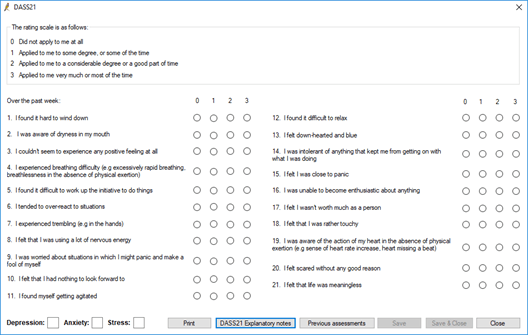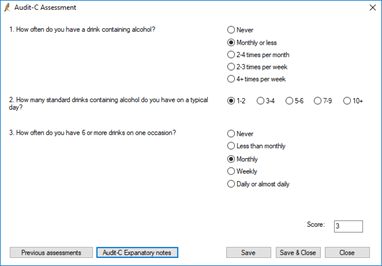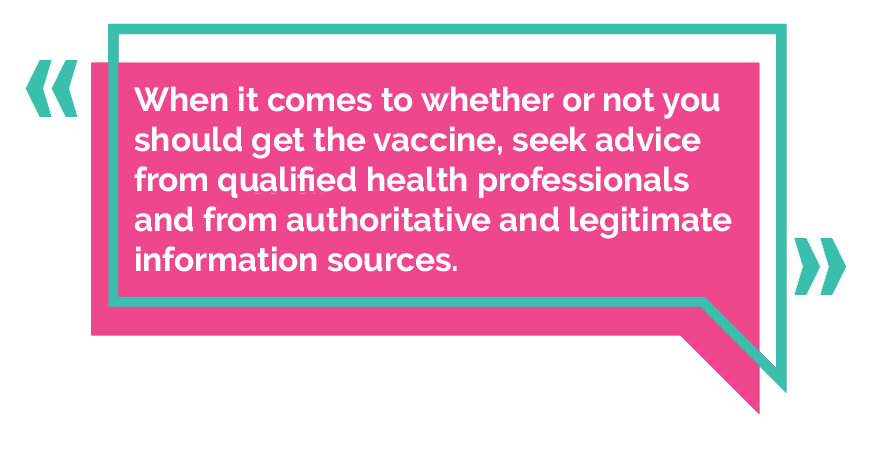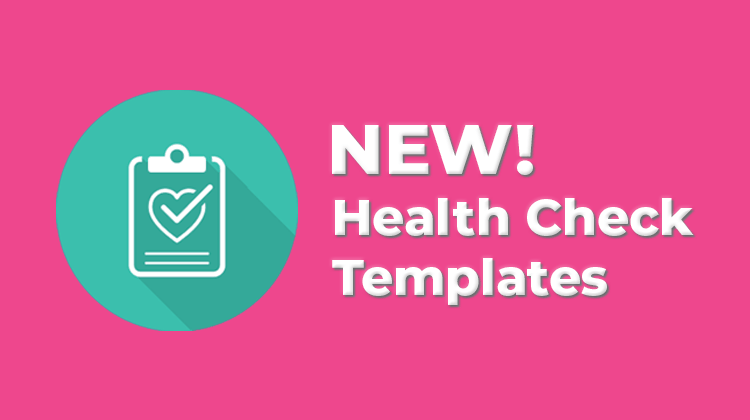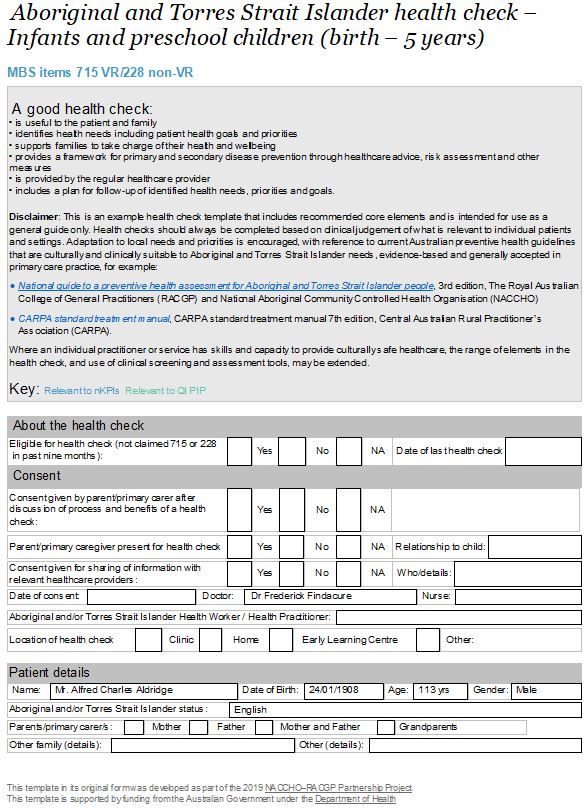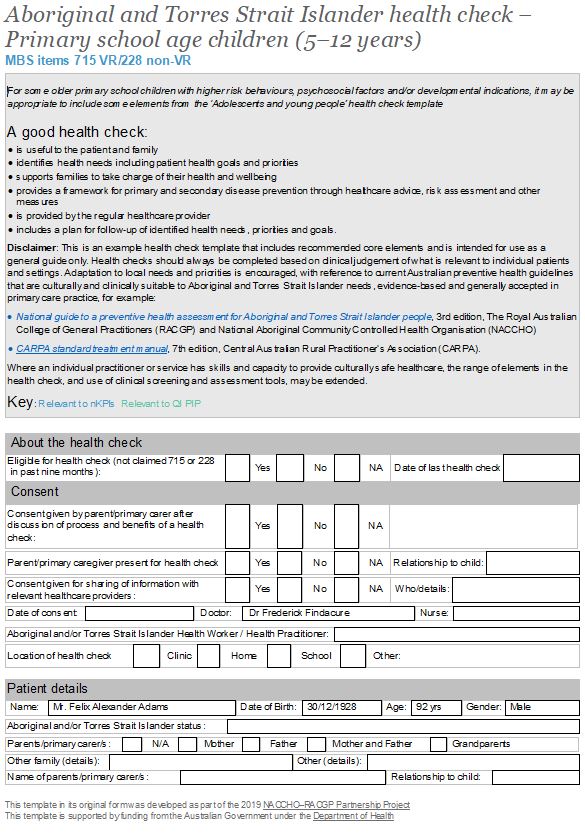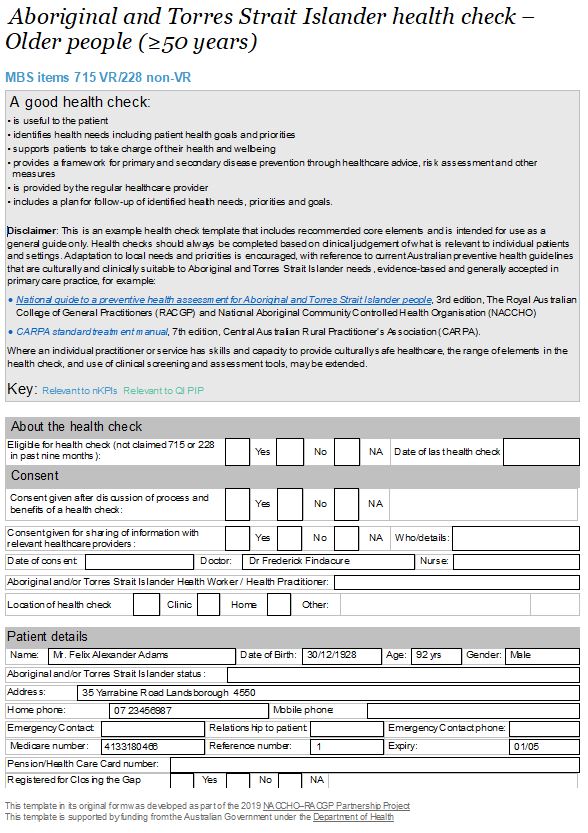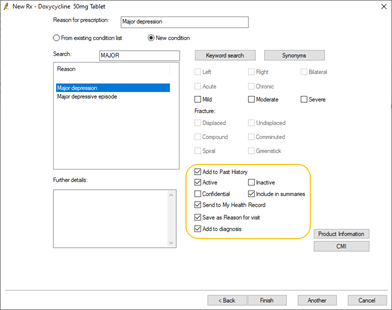This article was contributed by guest author Tracey Johnson.
Vaccine hesitancy, along with its potential scale and impact, has become a topic of national debate since the middle of 2021. Fortunately, we saw a rapid take-up of vaccination across the country in the final quarter of last year. Together with every practice, we are now facing the challenge of those patients whose reluctance to embrace the COVID vaccine jeopardises community safety, health system capacity and our own team’s wellbeing.
What We Know About Vaccine Hesitancy
Vaccine hesitancy is complex. It varies across time, place and vaccine type. Many patients who are choosing to delay their COVID vaccination are already vaccinated for many other conditions and illnesses, and often do not consider themselves “anti-vaxxers”. It is this group who are more likely to be influenced to adopt the jab. Those whose stance on vaccination is long entrenched and underpinned by deep suspicions of science and institutions will continue to read extremely biased social media content and turn out to protests which only serve to reinforce their views.
So, what do we know about the more malleable and open vaccine hesitant patient? The ‘Three Cs’ determine to what extent our public health efforts might be successful.

Complacency
With Australia’s closed borders and public health measures such as mask wearing, social distancing and lockdowns, much of the population had not experienced the realities of widespread COVID transmission within the community. Many believed that lockdowns and economic turmoil were in fact worse than COVID itself. This is complacency in action. Images of exhausted healthcare workers in the US, over-run hospitals in India and a mounting death toll from waves of COVID in the UK started to shift the perception by the middle of 2021. No longer was it easy to dismiss COVID as a disease with limited and acute potential in older populations, and deaths in nursing homes.
A state like Queensland, which has only recently experienced major uncontrolled outbreaks, remained home to many complacent communities. Late in 2021, when a COVID positive case holidaying in Townsville led to no community transmission, many held a bolstered optimism that COVID was a “city thing”. The variation in vaccination rates between metropolitan locations, and regional and rural areas which have never reported cases is stark.
Then – COVID arrives in towns like Goondiwindi, or indigenous communities like Wilcannia. Suddenly, there are frantic calls for vaccination. Complacency can be overturned when figures near to the community, or with whom the community identify, speak to the ever-present danger of COVID. Localised campaigns by community leaders in various ethnic communities have shown that complacency can be overcome if knowledge is shared by trusted figures and imminence is emphasised. We have been working closely with our PHN to share video case studies and engage community leaders. We even ran a shared medical appointment model involving an interpreter and community leader to kick off our vaccination drive in the Somali community in our South-East QLD suburb of Inala.
Confidence
Confidence should be easy to build in a vaccine launch environment unlike any we have ever seen.
Having worked in drug discovery, I have personally attested to groups of our patients how “drug development as usual” occurs. Months waiting for grant applications to be reviewed, months more waiting for ethics applications to be approved, study launch hoping to attract a few willing volunteers meeting strict criteria, data analysis and reporting leading to the next grant. The cycle repeats year after year. Even when data is great, years are lost waiting for government food and drug agencies to consider new drug registration and reimbursement applications. The time lost to waiting for money and approvals can easily account for half of the time.
When it came to developing a vaccine for COVID – money was poured at the problem. Scientists worked around the clock with growing teams. They built on drug platforms discovered years before and applied them to COVID. Governments prioritised consideration of drug registration applications and pre-purchased drugs even before they were fully validated. With over 3 billion people now vaccinated, speedy adverse event reporting and timely data on deaths from vaccination versus outcomes for the unvaccinated, data is our friend in building confidence in the science.
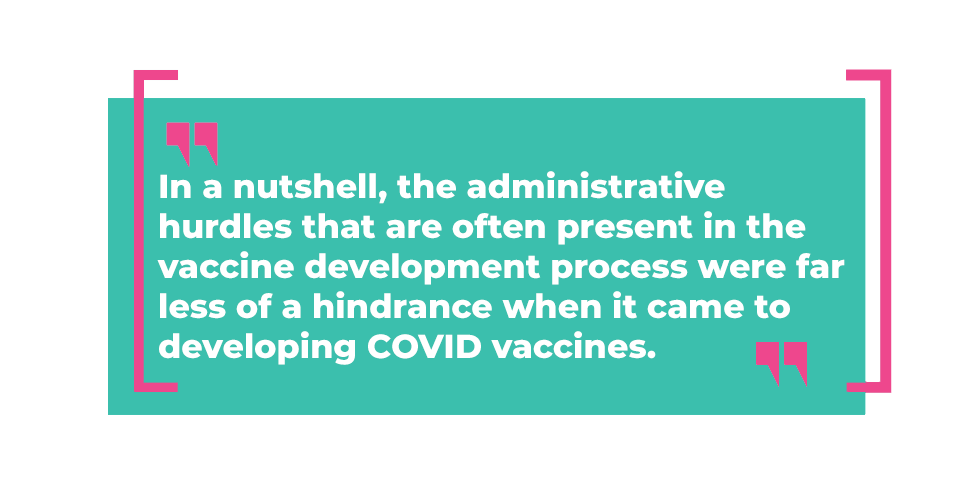
We keep our COVID resources in a shared clinical drive so that the latest information is at the fingertips of our entire team. Active discussion on our “teams” channel rapidly disseminates great statistics to combat vaccine hesitancy. The University of Queensland produced a tool highlighting your chances of getting struck by asteroids, cracking a double yoke egg and all sorts of other meaningful comparisons to highlight the advantages of vaccination. Such tools are great to use with patients, as they offer a somewhat light-hearted take on the very real statistics that they’re often concerned about.
Convenience
Convenience is the final pillar. Queensland Health has done, and continues to do a great job in getting access to jabs in schools, Bunnings carparks, on weekends and promoting vaccines available in pharmacies. Since September of 2021, there has always been a vaccine option available. Sadly, many in our community do not tap into traditional media, so boosting knowledge around these vaccination options requires our teams’ letting patients know what they can do. We have used social media, our team encouraging patients to walk into nearby pharmacies and promoting the free sausages available at Bunnings. This has ensured that our already full vaccine clinics did not create a waiting list amongst patients in our own community. Given the unattractive remuneration we receive from vaccination, our team did not hesitate to encourage patients to take up other options if it meant getting vaccination earlier. Where we had spare vaccine doses available on the day, we administered them to vaccine hesitant patients whilst they were still committed.
Our own vaccine clinics ran from 7am until 9am for many months and still operate on Saturday mornings to ensure working and school age patients have access. With access now so easy, we have scaled back our vaccine delivery to sessions during weekdays so that our nurses are more available to complete chronic disease and preventative health work.
With the QLD borders now open, we look closely at our patient records to assess who still needs a prompt to get vaccinated. Our region has one of the lowest rates of vaccination in all South-East Queensland, despite our practice being one of Brisbane’s early movers to launch vaccination. With data extraction tools like Cubiko, we have been able to identify patients whose charts indicate an absence of vaccination. We continue to use these reports to track vaccination status in our patient population. In the past we benefitted from Cubiko being able to tell us which patients were eligible for AstraZeneca when vaccination was staged or were no longer eligible when age restrictions were brought in. This saved our already overwhelmed reception team many hours of searching through lists.
These lists over-sample patients as until recently there was limited capacity to draw down data from the Australian Immunisation Register (AIR). One of the silver linings of the pandemic is that Medicare Web Services is now working actively with software providers like Best Practice to link AIR History directly to a patient record. What a boon that will be for vaccination planning, automatic recalls, and practice reminder systems! Expect this improvement from midway through 2022.
Remain Positive - Remain Committed
Remaining positive throughout the pandemic has been the hardest thing for all healthcare providers. However, positivity has been shown to have greater impact than just on team morale. The media has been replete with stories around the often vocal 10% of the population that are staunchly remaining unvaccinated. Research has shown the community responds far more favourably if the approximately 90% who are vaccinated is celebrated. Acknowledging how common vaccination is amongst your patients can help push conservative patients over the line. They will want to join the herd!
Working as a team is important for all healthcare provision. This is especially important when it comes to requests for exemption from vaccination. Our doctors and nurses agreed months ago to strictly follow the exemption process to the letter. With shared commitment it was impossible for patients to short-circuit vaccination by appealing to the compassion of their healthcare team. Everyone had the one message; vaccinate now.
Language Is Your Ally
In the early days our team were so polite when speaking to patients exhibiting vaccine hesitancy, even charming in the way they explained the risks of the disease and benefits of vaccination. It did not take long for their language to harden. We often hear accounts now of doctors telling their elderly, multi-morbid patients with many risk factors that what they know is that it is almost certain they will die if they get COVID.

Finally, we remain grateful for the stance taken by government that even private healthcare providers need to have all staff vaccinated. Like many practices, some of our less educated team members were concerned about vaccination. Highlighting to them that they will be at the front line when COVID becomes endemic ensured most were willing to get vaccinated. We had one very reluctant team member. The government edict around healthcare workers finally saw them book Moderna at a pharmacy just in the nick of time to meet the deadline. Loss of rights to earn, go to restaurants and clubs did the trick! We have seen a similar cascade amongst our younger patients and those working in sectors with vaccination mandates.
Looking Ahead
In the future, will vaccination rates remain high?
That really depends upon government edicts and how successfully we continue to address the ‘Three Cs’. We have much we can control at a practice level to support maintenance of vaccination status. How long key public health messages continue to emphasise the importance of vaccination will be central to our success. The emerging science on how regularly we need boosters will be important as annual vaccinations might be resisted due to inconvenience. If the edicts and campaigns melt away, we will probably see vaccination rates via boosters fall to levels similar to those for flu, insufficient to create herd immunity. That means our practice systems and commitment to public health will need to fill the gap by prompting patients to get vaccinated.
Authored by:
Tracey Johnson
CEO at Inala Primary Care
Tracey Johnson is CEO of Inala Primary Care, a large general practice serving one of Queensland’s poorest suburb, located in Brisbane’s west.
Explore our range of news and training resources:
Bp Learning Video Library | Bp Learning Training Options | Bp Newsroom Blog
Subscribe to Our Newsletters | Bp Learning Webinars








